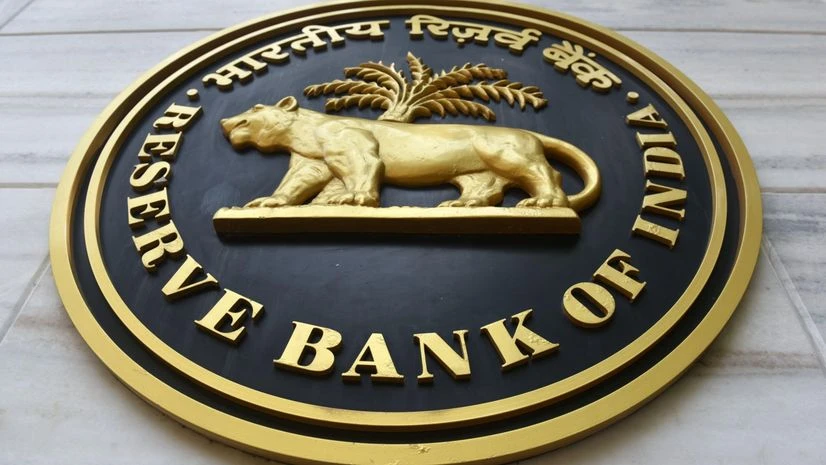The Indian banking system's asset quality strengthened to a decadal best, with the gross non-performing assets ratio falling to 3.9 per cent as of March 2023, the Reserve Bank said on Wednesday.
GNPAs of the scheduled commercial banks are expected to improve further to 3.6 per cent by March 2024, as per the baseline scenario, the RBI's bi-annual Financial Stability Report said.
"...the financial sector in India has been stable and resilient, as reflected in sustained growth in bank credit, low levels of non-performing assets and adequate capital and liquidity buffers," RBI Governor Shaktikanta Das said in his foreword to the report.
He added that the balance sheets of corporates and banks have strengthened, which present a "twin balance sheet advantage" for growth going forward.
It can be noted that the banking system NPAs peaked in the second half of the last decade after the RBI launched an asset quality review and forced banks to recognise hidden stress to ensure that books represent the true picture.
The FSR released on Wednesday said the net NPAs of the banking system improved to 1 per cent, a level that was last seen way back in July 2011.
More From This Section
The quarterly slippage ratio - which is the share of standard advances slipping into NPAs - moderated further to 0.3 per cent, but there was a jump in the write-offs to GNPAs ratio to 28.5 per cent at the end of FY23 on the back of more classification by private banks lately.
The capital to risk-weighted assets ratio (CRAR) and the common equity tier 1 (CET1) ratio of scheduled commercial banks (SCBs) rose to historical highs of 17.1 per cent and 13.9 per cent, respectively, in March 2023, the report said.
Macro stress tests for credit risk have revealed that all banks would comply with the minimum capital requirements even under a severe stress scenario, it added.
It said the increased focus on retail lending by banks has resulted in the share of corporate loans - the mainstay in banks' loan books - falling to 46.4 per cent in March 2023 against 51.1 per cent in March 2020.
The share of large loans in the overall GNPAs has also come down to 53.9 per cent in March 2023 from 75.7 per cent three years ago, it said.
GNPAs for large borrower loans of over Rs 5 crore improved to 4.5 per cent from 12.2 per cent three years ago, while the asset quality of top 100 borrowers also improved, with their share in SCBs' GNPA declining to 1.6 per cent in March 2023 from 6.8 per cent as of March 2022.
In the March 2023 quarter, the banks reported an uptick in the SMA1 category or the loans which are unpaid for between 31-60 days, the report said, adding that all other stress indicators were positive.
There was a marginal uptick in the loan impairments on the credit card receivables front in FY23, the RBI's report said, adding that there has been an improvement in the asset quality of personal loans.
The RBI's rate hikes of 2.50 per cent in FY23 had a positive impact on the banks, with the net interest margins improving by 0.30 per cent in FY23, as the transmission of monetary policy tightening to deposit rates lagged the pass-through to lending rates, the report said, adding that banks' net profit recorded a healthy growth of 38.4 per cent in FY23, led by strong increase in net interest income (NII) and lowering of provisions.
Interestingly, the RBI said, profits of state-owned banks grew at a faster rate than that of private sector rivals.
On the non-bank lenders' front, the report said such entities witnessed a 31.3 per cent increase in personal loans and a 12.7 per cent jump in loans to industry. The aggregate NNPA (net non-performing assets) ratio of NBFCs ebbed further to 1.3 per cent as of March 2023, with the provisioning coverage ratio (PCR) increasing to 70.4 per cent in March 2023.
"Stable financial conditions, balance sheet strength and return to profitability on the back of a surge in net interest income (NII) has enabled the Indian banking system to support the growing credit needs of the economy," the FSR said.
It recommended stakeholders adopt a nimble approach given the uncertain global conditions due to geopolitics and financial conditions and focus on locating the early warning signals.
(Only the headline and picture of this report may have been reworked by the Business Standard staff; the rest of the content is auto-generated from a syndicated feed.)

)
